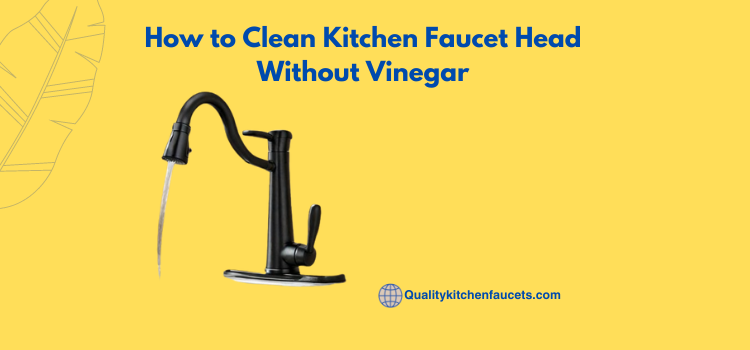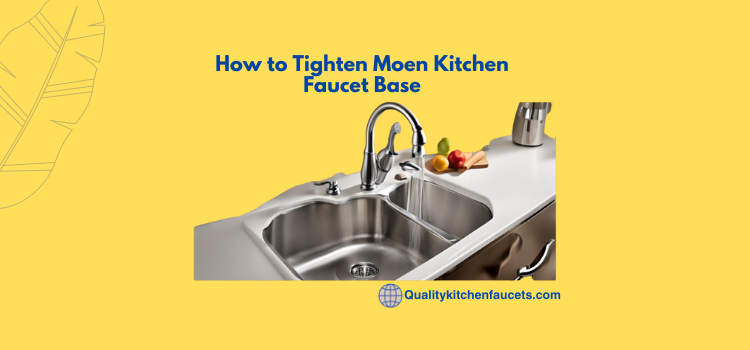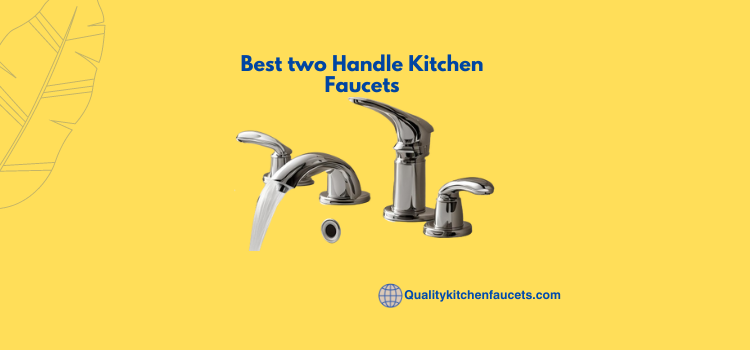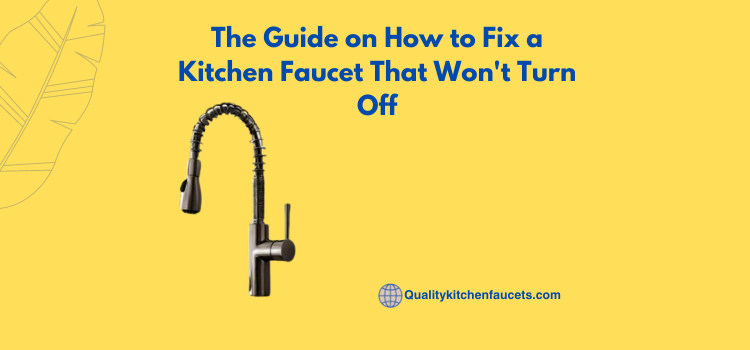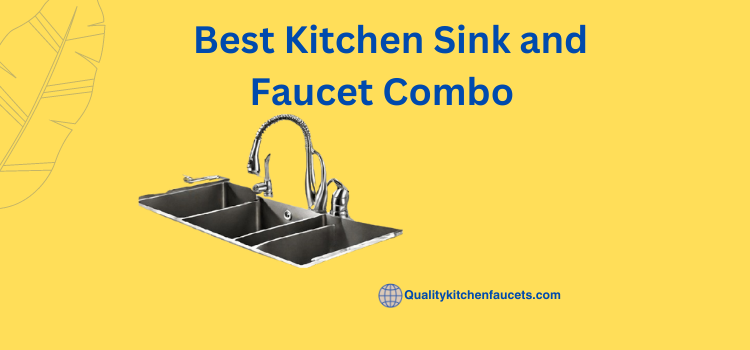How to Clean Kitchen Faucet Head Without Vinegar
Are you searching for a practical yet gentler way to Hard water How to Clean Kitchen Faucet Head Without Vinegar in 2024 . Well, you’ve come to the right place.
In this blog post, we’ll explore different hassle-free techniques submerge that make it easier to keep your kitchen Clean and hydrant head looking as good as new. From using a soft cloth and mild soapy water blotches to scrubbing with lemon or baking soda, limescale
These simple yet efficient hacks should effectively help remover buildup dirt and grime from your beloved stopcock head quickly and efficiently! Keep reading to learn more about how cleaning without vinegar can be made easy!

- How to Clean Kitchen valve Head lacking vinegar papular in 2024 in 5 Steps
- Why Cleaning minus vinegaris a Better Option
- How to Clean Your sink tap Head in 10 Easy Steps
- How to sterilize your kitchen tap Head in 10 Easy Steps
- Step 1: Gather your supplies.
- Step 2:Remove end of the faucet head.
- Step 3: Rinse with warm water.
- Step 4: Apply dish soap.
- Step 5: sanitize with a dental hygiene instrument.
- Step 6: Apply baking soda paste.
- Step 7: Lemon rinse
- Step 8: Rinse thoroughly.
- Step 9: Dry the hydrant head.
- Step 10:Reattach the faucet head.
- How to sterilize your kitchen tap Head in 10 Easy Steps
- Soft Cloth and Mild Soapy Water
- Lemon and saleratus Combination
- Using an Old tooth cleaner and virgin vinegar Solution
- Professional Cleaning Tips for Your Kitchen stopcock
- Conclusion
- FAQs
How to Clean Kitchen Faucet Head Without Vinegar in 5 Steps
Step 1: Gather Your Supplies
Before starting the cleaning solution process, gather your necessary cleaning supplies. This includes a soft cloth, dish detergent, an old mouth cleaner, nahcolite, and a lemon.
Step 2: Remove the Faucet Head
If possible, remove the spigot Shower head. This will make cleaning more accessible and thorough. Don’t forget to be gentle to avoid causing any damage.
Step 3: Rinse and wash
First, rinse the hydrant head with warm water. Then, apply some dishwashing liquid to a soft cloth and gently wash the surface. For stubborn grime, use an old dental brush to get into the nooks and crannies.
Step 4: Apply sodium bicarbonate or Lemon
If the dirt is still there, mix sodium bicarbonate and water and apply it to the valve head. Alternatively, cut a lemon in half and Clean your faucet aerator head with it. The natural acidity of lemon will remove the foulness without damaging the surface.
Step 5: Rinse and Dry
Finally, rinse the spigot head under warm wipe off the bicarbonate of soda or lemon residue. After rinsing, dry it thoroughly with a clean towel to prevent watermarks or further build-up. Reattach the faucet head clean and you’re done!
Follow these simple steps for a Baking soda and vinegar-free cleaning of your kitchen valve head. With consistent cleaning, your faucet aertar will stay shiny and soil-free for a longer time.
Why Cleaning sans Vinegar is a Better Option
sodium bicarbonate, while effective for cleaning, is a potent substance that can damage specific materials over time, including certain metals and natural stones. It is acidic, which allows it to dissolve mineral lodes and kill bacteria, molds, and viruses.
However, this same acidity can corrode sensitive surfaces, primarily if used frequently. Furthermore, sodium bicarbonate has a strong odor that many people find unpleasant. Therefore, cleaning lacking vinegar is a better option in many cases, as it is gentler on various surfaces and does not leave any strong, lingering smells behind.
Alternatives like lemon and baking powder are not only effective cleaners but also safe for most surfaces and emit a more pleasant, natural aroma.

How to scrub your kitchen tap Head in 10 Easy Steps
How to Clean Your sink faucet Head in 10 Easy Steps
Step 1: Gather your supplies.
Prepare your cleaning tools, such as a soft cloth, mild dish soap, an old dental hygiene instrument, saleratus, and a lemon.
Step 2:Remove the tap head.
Carefully unscrew the clean faucet head for a more thorough cleaning. Remember to handle it with care to prevent damage.
Step 3: Rinse with warm water.
Start the cleaning process by rinsing the spigothead under warm hard water deposits loose dirt and foulness.
Step 4: Apply dishwashing soap.
Put some dishwashing soap on a soft cloth and gently clean the surface of the faucet head, at least.
Step 5: wash with a tooth cleaner.
For stubborn areas, wash using an old tooth cleaner to reach the crevices.
Step 6: Apply bicarbonate of soda paste.
Create a paste from baking powderand water, and apply it to any stubborn dirt or stains.
Step 7: Lemon cleanse:
If you’re still struggling with grit, use a lemon half to cleanse the tap head. The natural acidity will help remove any remaining dirt without causing damage.
Step 8: Rinse thoroughly.
Rinse the faucet head again under warm water to remove any nahcolite or lemon residue.
Step 9: Dry the faucet head.
Dry the component thoroughly with a clean towel to prevent water blotches or foulness.
Step 10:Reattach the faucet head.
Finally, carefully reattach the hydrant head to the main body.
By following these ten steps, you can maintain a clean, shiny, and soil-free kitchen valvehead without using sodium bicarbonate. habitual cleaning will help prolong the life of your stopcock while also keeping it looking new.
Soft Cloth and Mild Soapy Water
Soft Cloth and Mild Soapy Water
A soft cloth paired with mild soapy water is one of the simplest yet effective methods to clean a kitchen valve head without harsh chemicals.
This method is ideal for regular maintenance and light cleaning tasks. The mild nature of soap reduces the risk of damage or discoloration to your Clean your faucet head, preserving its original shine and finish. In addition, a soft cloth ensures that the cleaning process is gentle and doesn’t leave any scratches.
Just wet the cloth, apply mild soap, and gently Keeping the faucet head clean. Finish by rinsing with warm water and drying thoroughly with a clean, dry cloth. Repeat this process regularly to keep your kitchen valve head clean and shiny.

Lemon and baking powder combination
Lemon and Nacolite Combination
Lemon and sodium bicarbonate are a powerful cleaning duo for stricter stains on your kitchen taphead. The natural acidity of lemon, coupled with the abrasive properties of sodium bicarbonate, helps to break down stubborn filth, vein of minerals, and even rust.
Besides their cleaning prowess, lemon and saleratus have the added benefit of being eco-friendly and non-toxic, making them safe for use around children and pets. To use this method, first, make a paste of use baking soda and lemon juice. Apply this mixture to the leaving your faucet head and scrub gently.
Allow it to sit for a few minutes, then rinse it with warm water. Don’t forget to dry the faucet head thoroughly after cleaning to prevent water marks and further limescale. This combination not only cleans effectively but also leaves a fresh, natural scent behind.

Using an Old oral hygiene tool and a White Vinegar Solution
Using an Old oral hygiene tool and spirit vinegar solution
An old tooth cleaner and a solution of distilled vinegar can serve as an effective cleaning method for your kitchen valve head, especially when dealing with tough mineral deposits or rust.
The cooking soda and vinegar’s acidity helps dissolve any hardened deposits, while the tooth cleaner can reach into the nooks and crannies of the faucet head, providing a thorough clean.
To use this method, simply dip the tooth cleaner into a solution of equal parts water and white distilled nahcolite, scrub the faucet head gently, and then rinse thoroughly with warm water. Remember to dry the faucet head entirely after cleaning to prevent water spots or further limescale.
However, it’s important to note that cooking soda should be used sparingly, as its strong acidity can potentially corrode sensitive surfaces over time.
Professional Cleaning Tips for Your kitchen spigot
Professional Cleaning Tips for Your Kitchen Sink Tap
Maintaining a pristine kitchen spigot goes beyond consistent cleaning routines. Here are some professional cleaning tips to ensure your kitchen mixer tap stays in optimal condition:
constant cleaning:
Regularly clean your faucet to prevent the accumulation of filth and ore deposits. A simple wipe-down with a soft cloth and mild soapy water after each use can keep your faucet looking new and shiny.
Use the right tools.
Always use soft materials like a cloth or sponge for cleaning to prevent scratches on the surface. An old toothbrush can be used to reach difficult spots or edges.
Avoid using harmful chemicals.
steer clear of using harsh chemicals, as they can strip off the faucet’s finish. Stick to mild detergents or natural cleaning agents like bicarbonate of soda and lemon.
Rinse Thoroughly:
Always rinse the faucet thoroughly after cleaning to prevent residue buildup, which can dull the faucet’s finish over time.
Regular Checks:
Regularly check your faucet for leaks or rust. Early detection and rectification can prevent costly replacements.
Dry After Cleaning:
Always dry your faucet after cleaning and usage. Standing water can lead to scale buildup and potential damage.
By following these professional tips, you can extend the longevity of your bathroom sink tap and maintain its aesthetic appeal.
Conclusion
Keeping your kitchen tapin top shape does not require harsh or expensive cleaning agents.
Utilizing readily available household items like bicarbonate of soda, lemon, mild soap, and an old toothbrush can effectively clean and maintain your kitchen fixtures.
Moreover, adhering to a periodic cleaning schedule and using the right tools not only preserves the faucet’s functionality but also its visual appeal.
By implementing these simple yet effective cleaning methods and tips, you can ensure the longevity of your kitchen valve, contributing to a well-maintained and efficient kitchen environment.
FAQs
Q1: How do you clean kitchen spigot heads not using vinegar or baking?
A1: You can clean a kitchen water taphead Completely without using solution of Baking soda vinegar is popular or saleratus by using mild soapy water and a soft cloth. This method is gentle, effective, and safe for most faucet finishes.
Q2: Learn How to clean the faucet head with vinegar and baking powder?
A2: Create a paste of vinegar and sodium bicarbonate. Apply it to the faucet head, scrub gently with an old toothbrush, then rinse thoroughly. Dry completely to prevent lime deposit.
Q3: How do you clean faucet heads naturally?
A3: Natural cleaning agents like lemon juice and saleratus can effectively clean faucet heads. They break down grime and mineral deposits while being eco-friendly and non-toxic.
Q4: How do you remove calcium deposits from faucet heads?
A4: You can remove calcium deposits from faucet heads by using white vinegar. Soak the head in vinegar for a few hours, then scrub with an old toothbrush and rinse thoroughly.

